The Django request-response cycle is a fundamental process that defines how Django handles requests and delivers responses to users. Below is a detailed breakdown of each step, illustrated with an easy-to-follow diagram.
The Request-Response Flow
1. Client (Browser) → Web Server (Nginx/Apache):
A user initiates a request from a browser, which is forwarded to a web server like Nginx or Apache.
2. Web Server → WSGI (Gunicorn/wsgi.py):
The web server forwards the request to WSGI (Web Server Gateway Interface), an application server that bridges the web server and Django.
3. Request Middleware:
The WSGI server sends the request to Django’s middleware. Middleware components are functions that process requests before they reach the view or responses before they’re sent back to the client.
4. URL Resolution (urls.py):
Django resolves the requested URL through urls.py to find the appropriate view function.
*5. View (views.py) with Middleware:
*
The view function associated with the URL is executed. Middleware can also intercept the response from the view before it proceeds.
6. Model (models.py) and Database (PostgreSQL):
If the view needs to access data, it interacts with the database through Django’s models and managers.
7. Response Preparation:
The view returns a response, which might involve rendering an HTML template or other data (like JSON in an API response).
8. Template Middleware:
Middleware can again modify the response before it goes back to the WSGI server.
9. Exception Middleware:
If any error occurs, Exception Middleware will handle and display it appropriately.
10. Response Middleware → WSGI → Web Server → Client:
The response goes back through the WSGI server and the web server before reaching the client’s browser.
Key Components in Django’s Cycle
Request and Response Middleware: Manages request/response transformations.
WSGI: Acts as a bridge between the web server and Django.
Views, Models, and Managers: Core parts of Django’s MVC architecture.
Templates: Used for rendering HTML responses.
Database: The source of stored data, commonly PostgreSQL in Django setups.
Thanks For Reading…
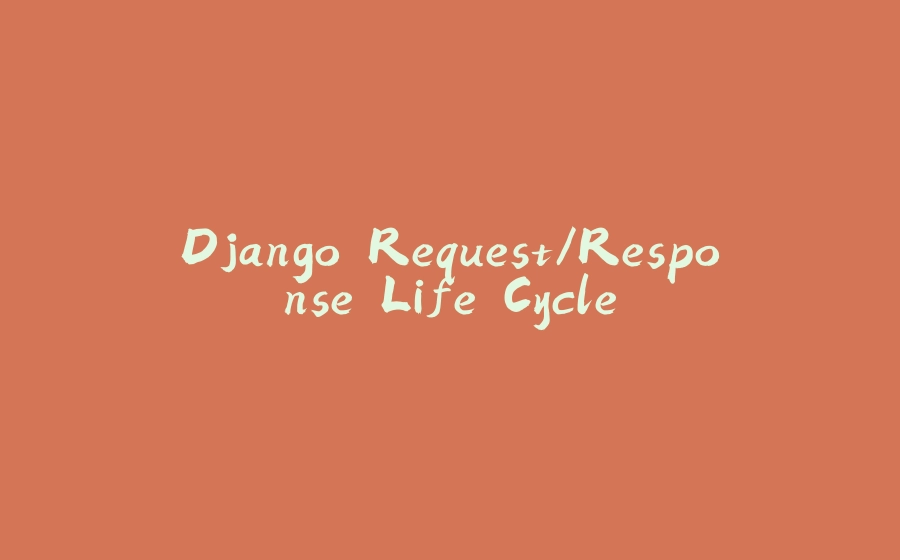










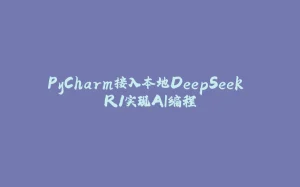



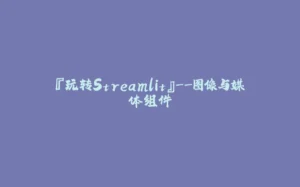




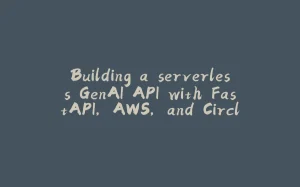




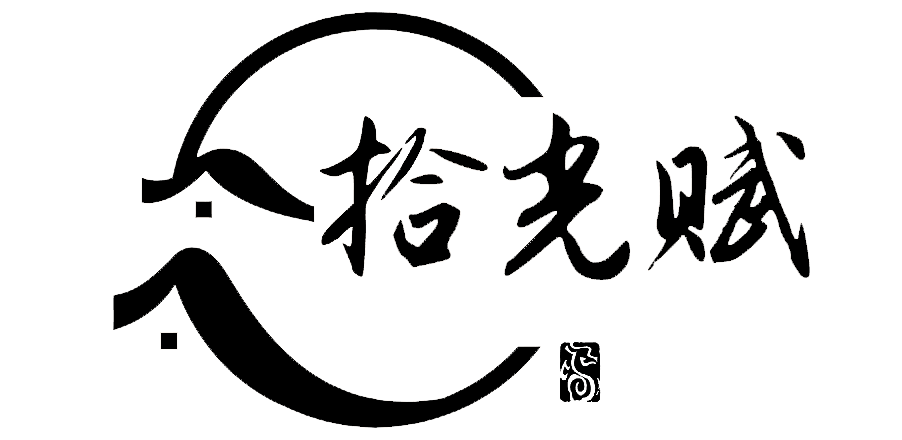
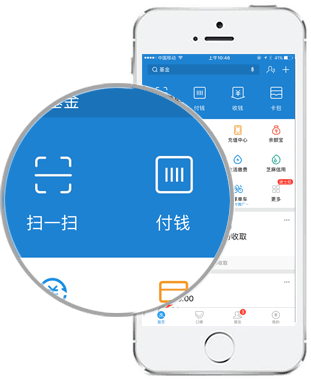
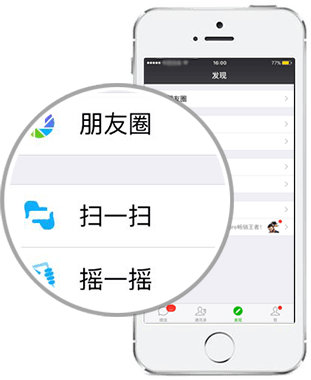
暂无评论内容